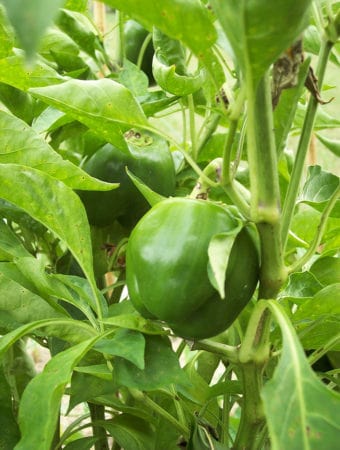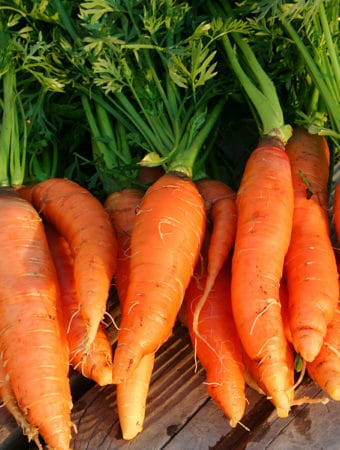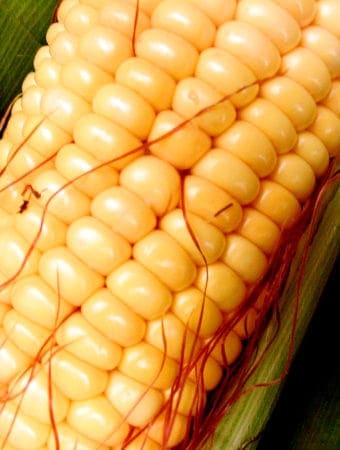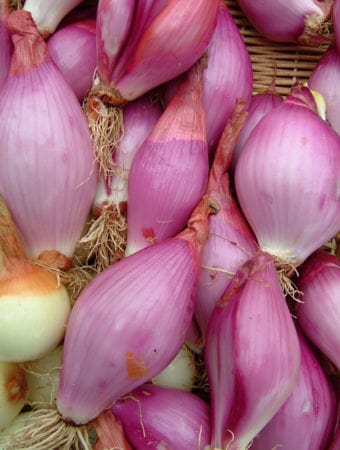Lemon verbena is a semi-tropical plant. Its leaves have an intensely lemony fragrance and flavor. Leaves can be used in herbal teas and added to fruit salads, vegetables, and desserts. Dried leaves will remain fragrant for several years. Add a touch of lemon verbena to foods, then taste, then add more if needed—use a light touch with lemon verbena.
Here is your complete guide to growing lemon verbena.
Where to Plant Lemon Verbena
- Best location: Grow lemon verbena in full sun.
- Soil preparation: Lemon verbena grows best in well-drained humus-rich soil. Add aged compost to the planting area before planting and turn the soil to 12 inches deep. Lemon verbena prefers a soil pH of 6.5.
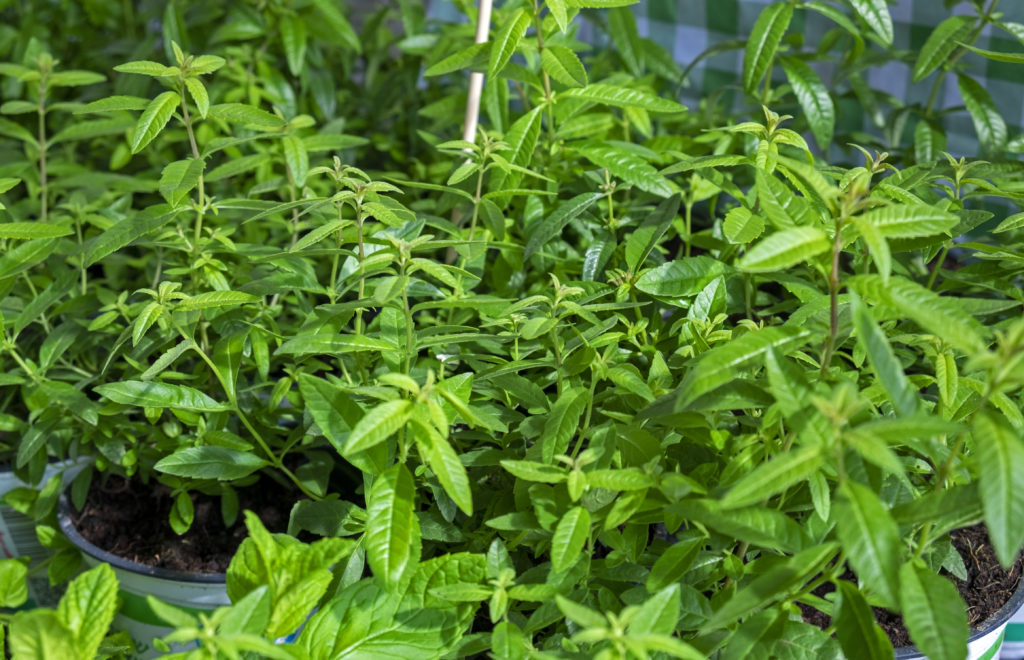
When to Plant Lemon Verbena
- Seed starting indoors: It is very difficult to start lemon verbena from seed. Grow lemon verbena from tip cuttings rooted indoors in spring.
- Transplanting: Transplant rooted cuttings outdoors after the weather has warmed in early summer.
- Outdoor planting time: Plant dormant roots outdoors in spring after all danger of frost has passed. Start lemon verbena from root cuttings in midsummer to late summer; start 4 to 6-inch cuttings in a mix of aged compost, pulverized topsoil, and perlite.
How to Plant Lemon Verbena
- Planting depth: Plant dormant roots and root cuttings 1 inch deep.
- Spacing: Space plants 12 to 15 inches apart; lemon verbena forms large clumps.
- How much to plant: Grow one plant for culinary use.
Lemon Verbena Companion Planting
- Companion planting: Plant lemon verbena with dill, cilantro, and basil. Lemon verbena is a perennial so plant it where can grow for several years without impeding the growth of other plants.
Watering and Feeding Lemon Verbena
- Watering: Lemon verbena grows best in evenly moist soil. Do not let the soil dry out; if the soil dries out the plant will shed its leaves. Do not overwater lemon verbena, especially in winter.
- Feeding: Feed lemon verbena in spring when growth starts. Feed plants with compost tea, liquid seaweed, or a dilute solution of fish emulsion every 6 to 8 weeks. Do not fertilize during the winter. Lemon verbena is a heavy feeder.
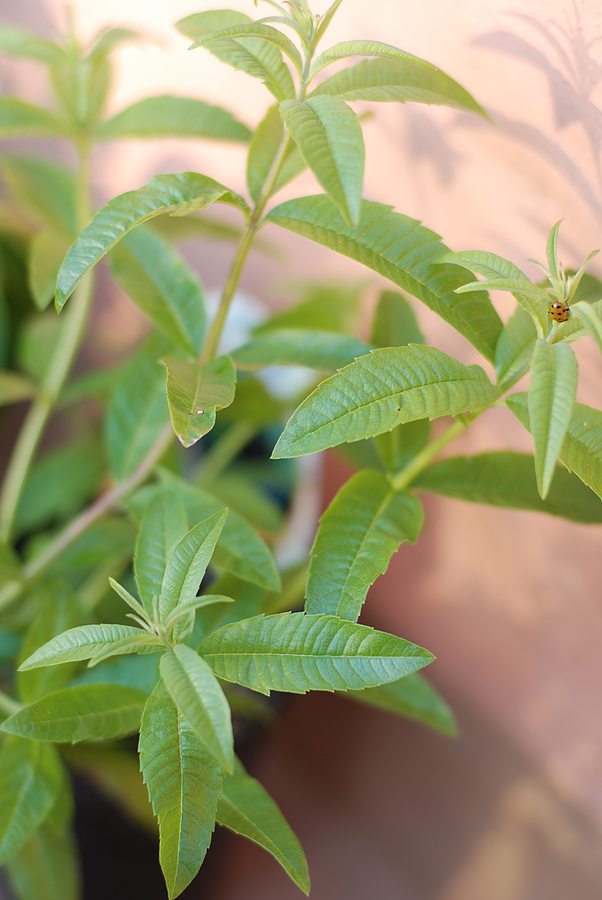
Lemon Verbena Container Growing
- Care: For bushy growth, pinch away the growing tips or cut lemon verbena back by half in midsummer and again in autumn. In the fall, repot the plant in new soil.
- Container growing: Lemon verbena can be grown in containers. Choose a pot at least 10 to 12 inches deep and wide. Water plants in containers sparingly. Container-grown lemon verbena can be kept compact by pinching and pruning new growth. Move plants indoors in winter. Plants brought indoors will drop their leaves and then start to grow again
- Winter growing: Lemon verbena is hardy in warm winter regions. Lemon verbena will be severely damaged by frost. Protect plants by moving them indoors or digging up roots after plants have been hit by frost and store them in moist sand through the winter in a cool, dark, frost-free place. If you leave plants outside cover them with evergreen branches where temperatures dip below freezing. Do not let roots dry out.
Lemon Verbena Pests and Diseases
- Pests: Spider mites and whiteflies may attack lemon verbena. Spray pests away with a strong blast of water or spray with insecticidal soap or spinosad.
- Diseases: Lemon verbena is usually disease-free.
How to Harvest Lemon Verbena
- When to harvest: Harvest lemon verbena leaves and stems any time after the plant is 8 inches tall.
- How to harvest: Use a garden pruner or scissors to nip off leaves or branch tips for fresh use. Cut whole stems for drying larger quantities.
Lemon Verbena in the Kitchen
- Flavor and aroma: Lemon verbena has a complex lemon flavor and fragrance with undertones of sweetness.
- Leaves: Fresh lemon verbena leaves and flowers can be added to garden salads and stuffings. Chop leaves finely. Fresh or dried leaves can be added to vegetable marinades, sauces, salad dressings, vinegar, rice, fish, jams, jellies, puddings, and poultry. Leaves can be stiff; remove stiff or tough leaves before serving.
- Teas: Use fresh lemon verbena leaves to make a delicately flavored tea or to flavor iced drinks. Add leaves to a pitch of water and infuse in the refrigerator for a refreshing drink.
- Culinary companions: Serve lemon verbena with chiles, cilantro, garlic, and mint.
Preserving and Storing Lemon Verbena
- Refrigeration: Fresh lemon verbena leaves will keep in the refrigerator for up to 2 days in a sealed plastic bag.
- Drying: Dry leaves on a screen in a cool, dark, airy place or in a dehydrator. Dry then strip leaves from the stem to store.
- Freezing: Lemon verbena leaves can be frozen to preserve the flavor.
- Storing: Store leaves in an airtight container. Leaves will remain fragrant and flavorful for two to three years.
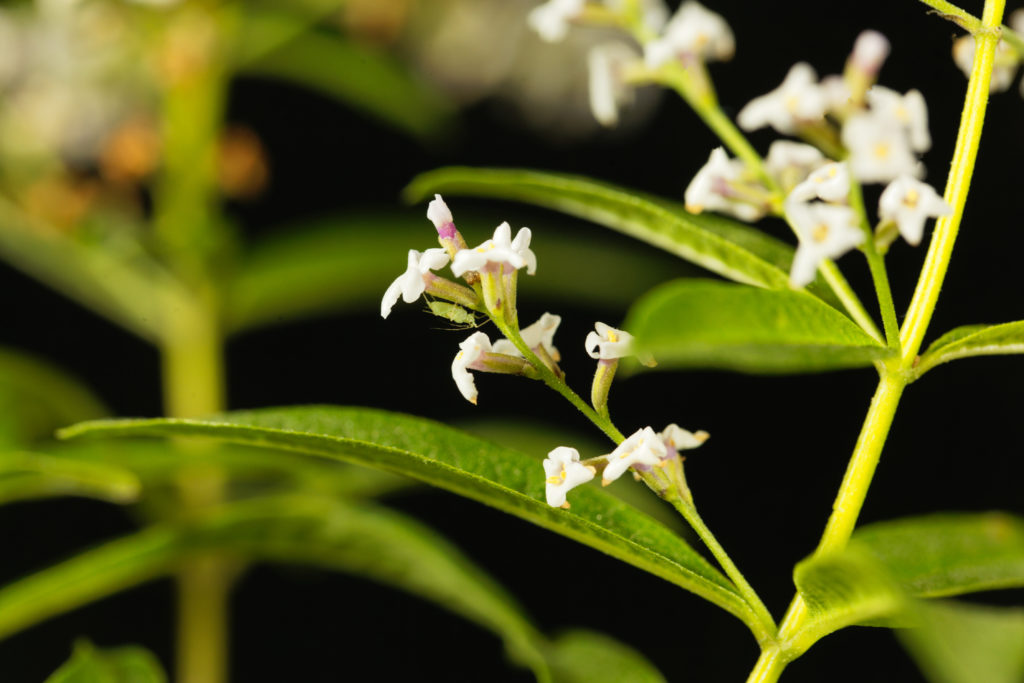
Lemon Verbena Propagation
- Seed: Lemon verbena is very difficult to grow from seed; germination can be quite slow. Grow lemon verbena from stem tip cuttings.
- Cuttings: Stem tip cuttings can be rooted in late spring or late summer or early autumn. Take softwood cutting and dep cut ends in liquid or powder rooting hormone before planting in an organic potting mix; cuttings require extra heat, Lemon verbena will be severely damaged by frost. Protect plants by moving them indoors or dig up roots after plants have been hit by frost and store them in moist sand through the winter in a cool, dark, frost-free place. If you leave plants outside cover them with evergreen branches where temperatures dip below freezing. Do not let roots dry out.
- the nighttime temperature of 70°F, warmer during the day.
- Roots: Start dormant roots outdoors in spring after the soil has warmed and all danger of frost has passed.
Get to Know Lemon Verbena
- Botanical name and family: Aloysia triphylla (Verbenaceae botanical family)
- Origin: Chile and Argentina
- Type of plant: Lemon verbena is a tender perennial shrub.
- Growing season: Summer
- Growing zones: Lemon verbena grows easily outdoors in zones 9 to 11. Lemon verbena is deciduous in most regions; do not be concerned when it sheds its leaves in autumn.
- Hardiness: Lemon verbena is resistant to heat but does not tolerate cold.
- Plant form and size: Lemon verbena grows 2 to 3 feet tall and wide or more and can be quite rangy if not kept in check. (In its native South and Central America, lemon verbena can grow 4 to 10 feet tall.) Lemon verbena has branching, woody stems that can grow leggy. Pinch new growth lightly to encourage compactness.
- Flowers: Lemon verbena has spikes of fragrant tiny tubular, white to pale lavender-colored flowers that grow in airy spikes at the end of the stems.
- Bloom time: Lemon verbena blooms from late summer to early autumn.
- Leaves: Lemon verbena has narrow lance-shaped chartreuse-green leaves 3 to 4 inches long. The leaves grow in whorls of three or four to a stem. Some leaves are slightly hairy leaves. Stems become woody with age.
Also of interest:




